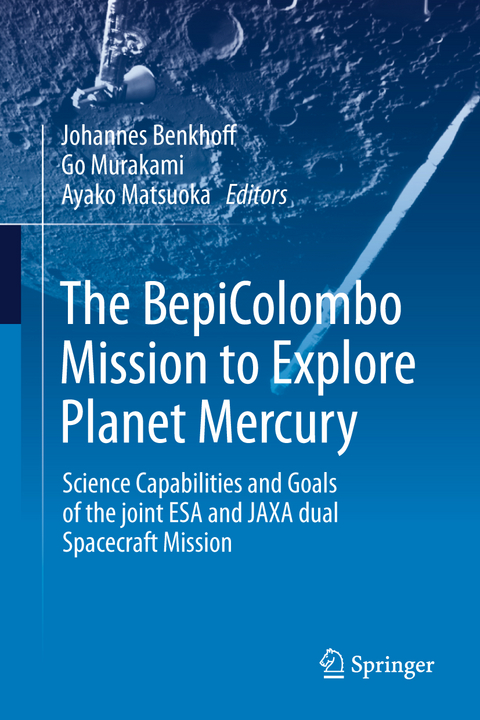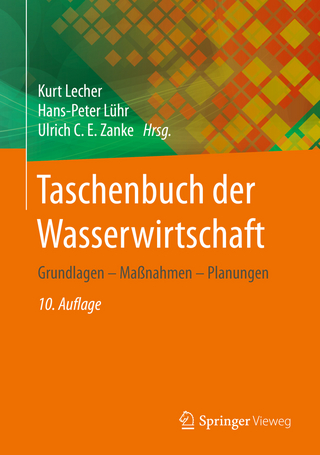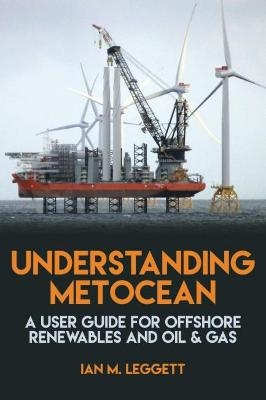
The BepiColombo Mission to Explore Planet Mercury
Springer (Verlag)
978-94-024-2285-6 (ISBN)
- Noch nicht erschienen - erscheint am 29.12.2024
- Versandkostenfrei innerhalb Deutschlands
- Auch auf Rechnung
- Verfügbarkeit in der Filiale vor Ort prüfen
- Artikel merken
Previously published in Space Science Reviews in the Topical Collection “The BepiColombo mission to Mercury"
This book reviews the scientific objectives and the instrumentation of the space mission BepiColombo. BepiColombo is a joint mission between ESA and JAXA, to perform a comprehensive exploration of Mercury. Launched in October 2018, the spacecraft is now en route to Mercury and is scheduled to begin orbiting in 2026. Two orbiters have been sent to Mercury and will be put into dedicated, polar orbits around the planet. The Mercury Planetary Orbiter (MPO) and the Mercury Magnetospheric Orbiter (MMO, nicknamed Mio after launch) will provide the information needed to understand the planet and its environment. The scientific objectives focus on a global characterization of Mercury through the investigation of its interior, surface, exosphere, and magnetosphere. In addition, instrumentation onboard BepiColombo will also be used to test Einstein’s theory of general relativity.
The book contains a comprehensive description of the mission design and its history , it describes in detail the state-of the-art instruments and their individual scientific objectives. However, the fascination of the BepiColombo mission is also the fact, that two spacecraft are operating simulatonsly in orbits around Mercury. The interplay of the two spacecraft and its instruments and its benefits for gaining knowledge about this “mysterious’ planet Mercury is also dealt within a few overview artictes on the expected science return.
Previously published in Space Science Reviews in the Topical Collection “The BepiColombo mission to Mercury"
Dr Johannes Benkhoff is a planetary physicist working in the field of computational modeling of the physics and chemistry of planetary bodies and comets. He got his PhD in 1992 at University of Münster, Germany. He obtained a scholarship from the German Science Foundation (DFG) to work for three years as a post-doc with Prof. Dr. Huebner at the SwRI institute in Texas, USA. After that he worked as a research scientist at the German Aerospace Centre, DLR, before he moved in 2004 to the European Space Agency, ESA-ESTEC in Noorwijk, Netherlands. He was CoI on Rosetta VIRTIS and MUPUS, CoI on the NASA Contour mission, and CoI on Venus Express. Since 2008 he is the ESA project scientist of the L class (cornerstone) mission BepiColombo operated in close collaboration with the Japanese Space Agency, JAXA. Dr Go Murakami is an Assistant Professor working at Institute of Space and Astronautical Science (ISAS) in Japan Aerospace Exploration Agency (JAXA). He is the Project Scientist of the ESA-JAXA joint mission BepiColombo for Mercury Magnetospheric Orbiter: Mio. His science expertise is solar terrestrial plasma physics and planetary atmospheric science. He got his Ph.D by The University of Tokyo in 2011. Then he worked at JAXA/ISAS as a research fellow between 2011-2017 for developments and observations of Japanese ultraviolet space telescope Hisaki and the BepiColombo mission. In 2017 he got the current position at JAXA/ISAS. Prof. Dr Ayako Matsuoka is the Director of Data Analysis Center for Geomagnetism and Space Magnetism, Graduate School of Science, Kyoto University. She has worked on the magnetic field experiments as Principal Investigator (PI) in the Japanese NOZOMI and ARASE satellite projects, Co-PI for BepiColombo MIO, and Sub-PI for Martian Moon Exploration (MMX) and Comet Interceptor B1 Probe.
Preface.- Dedication.- BepiColombo - Mission Overview and Science Goals.- Mio—First Comprehensive Exploration of Mercury’s Space Environment: Mission Overview.- BepiColombo Ground Segment and Mission Operations.- Mission Data Processor Aboard the BepiColombo Mio Spacecraft: Design and Scientific Operation Concept.- Geodesy, Geophysics and Fundamental Physics Investigations of the BepiColombo Mission.- Investigating Mercury’s Environment with the Two-Spacecraft BepiColombo Mission.- Rationale for BepiColombo Studies of Mercury’s Surface and Composition.- BepiColombo Science Investigations During Cruise and Flybys at the Earth, Venus and Mercury.- The BepiColombo Laser Altimeter.- ISA, a High Sensitivity Accelerometer in the Interplanetary Space.- Mercury Dust Monitor (MDM) Onboard the Mio Orbiter of the BepiColombo Mission.- Studying the Composition and Mineralogy of the Hermean Surface with the Mercury Radiometer and Thermal Infrared Spectrometer (MERTIS) for the BepiColombo Mission: An Update.- The BepiColombo–Mio Magnetometer en Route to Mercury.- The Mercury Gamma-Ray and Neutron Spectrometer (MGNS) Onboard the Mercury Planetary Orbiter of the BepiColombo Mission: Design Updates and First Measurements in Space.- The BepiColombo Mercury Imaging X-Ray Spectrometer: Science Goals, Instrument Performance and Operations.- Gravity, Geodesy and Fundamental Physics with BepiColombo’s MORE Investigation.- The BepiColombo Planetary Magnetometer MPO-MAG: What Can We Learn from the Hermean Magnetic Field?.- Pre-flight Calibration and Near-Earth Commissioning Results of the Mercury Plasma Particle Experiment (MPPE) Onboard MMO (Mio).- Plasma Wave Investigation (PWI) Aboard BepiColombo Mio on the Trip to the First Measurement of Electric Fields, Electromagnetic Waves, and Radio Waves Around Mercury.- The MEFISTO and WPT Electric Field Sensors of the Plasma Wave Investigation on the BepiColombo Mio Spacecraft.- Measurements of Magnetic Field Fluctuations for Plasma Wave Investigation by the Search Coil Magnetometers (SCM) Onboard Bepicolombo Mio (Mercury Magnetospheric Orbiter).- SERENA: Particle Instrument Suite for Determining the Sun-Mercury Interaction from BepiColombo.- SIMBIO-SYS: Scientific Cameras and Spectrometer for the BepiColombo Mission.- Solar Intensity X-Ray and Particle Spectrometer SIXS: Instrument Design and First Results.- The BepiColombo Environment Radiation Monitor, BERM.- Correction to: Studying the Composition and Mineralogy of the Hermean Surface with the Mercury Radiometer and Thermal Infrared Spectrometer (MERTIS) for the BepiColombo Mission: An Update.- Correction to: SERENA: Particle Instrument Suite for Determining the Sun-Mercury Interaction from BepiColombo.
| Erscheint lt. Verlag | 28.2.2025 |
|---|---|
| Zusatzinfo | 575 Illustrations, color; 80 Illustrations, black and white; Approx. 800 p. 655 illus., 575 illus. in color. |
| Verlagsort | Dordrecht |
| Sprache | englisch |
| Maße | 155 x 235 mm |
| Themenwelt | Naturwissenschaften ► Geowissenschaften ► Meteorologie / Klimatologie |
| Naturwissenschaften ► Physik / Astronomie ► Astronomie / Astrophysik | |
| Schlagworte | BepiColombo Science Missions • Inner Solar System Science • JAXA and ESA Scientific Instruments • Planetary Science Missions • The Science of Planet Mercury |
| ISBN-10 | 94-024-2285-4 / 9402422854 |
| ISBN-13 | 978-94-024-2285-6 / 9789402422856 |
| Zustand | Neuware |
| Haben Sie eine Frage zum Produkt? |
aus dem Bereich


